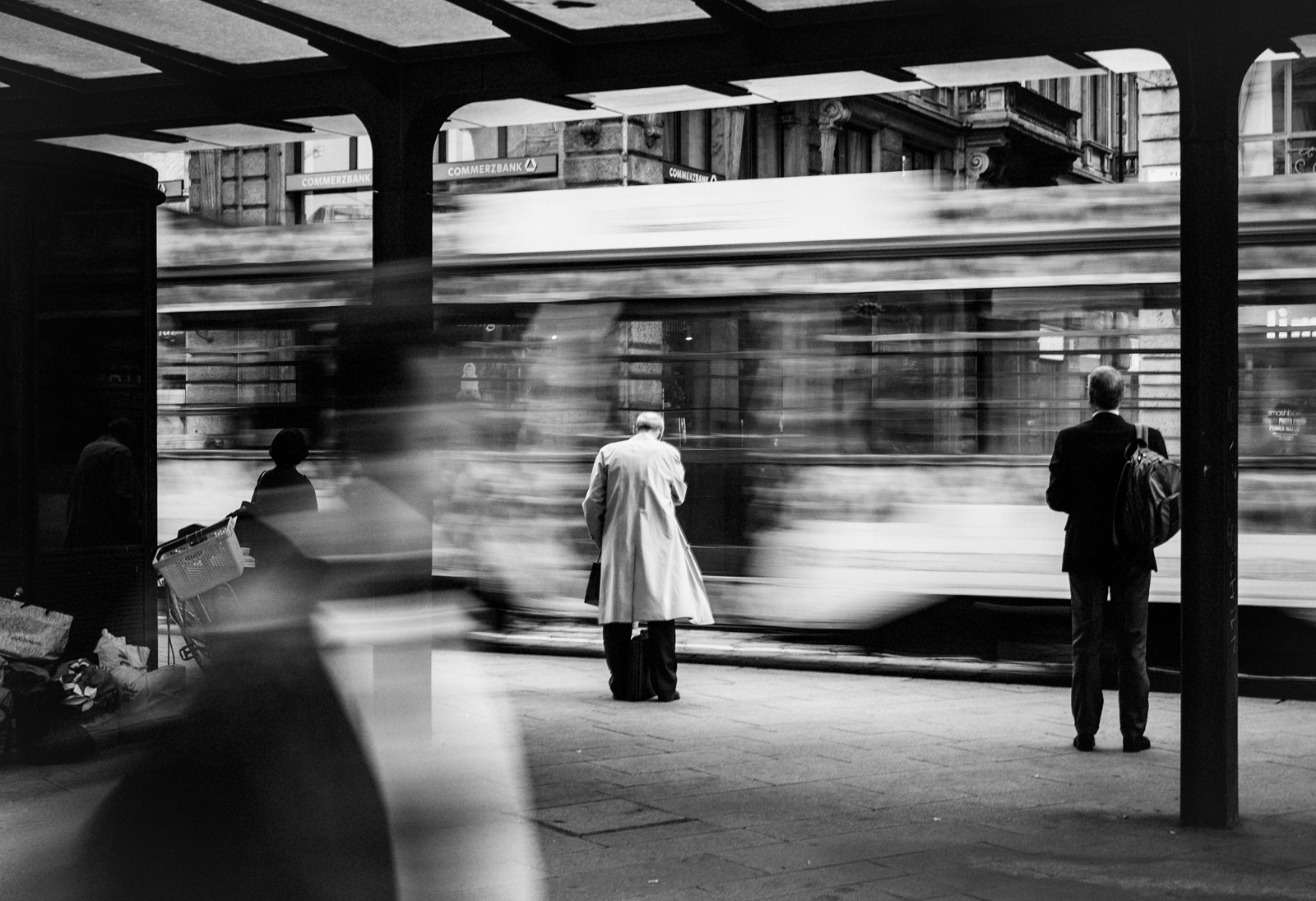The Ultimate Guide To Street Photographers
The Ultimate Guide To Street Photographers
Blog Article
Some Known Details About Street Photographers
Table of ContentsStreet Photographers Can Be Fun For AnyoneAbout Street PhotographersThe Of Street PhotographersThe Only Guide for Street PhotographersA Biased View of Street Photographers
Road digital photographers do not necessarily have a social objective in mind, however they favor to separate and capture moments which might or else go unnoticed.Though he was affected by much of those who affected the street digital photographers of the 1950s and '60s, he was not mainly interested in recording the spirit of the street. The impulse to visually document people in public started with 19th-century painters such as Edgar Degas, douard Manet, and Henri de Toulouse-Lautrec, who worked side by side with photographers trying to capture the essence of city life.

Given the great top quality of his photos and the breadth of material, architects and artists often bought Atget's prints to make use of as referral for their own work, though industrial passions were rarely his main motivation. Rather, he was driven to picture every last remnant of the Paris he liked. The mingled enthusiasm and seriousness of his goal sparkle through, causing pictures that narrate his own experience of the city, top qualities that prepared for road photography of the 20th century.
Facts About Street Photographers Revealed
They expose the city through his eyes. His job and basic understanding of digital photography as an art form worked as motivation to generations of digital photographers that complied with. The next generation of road professional photographers, though they likely did not refer to themselves as such, was introduced by the photojournalism of Hungarian-born professional photographer Andr Kertsz.
Unlike his peers, Brassa utilized a larger-format Voigtlnder video camera with a much longer exposure time, compeling him to be a lot more calculated and thoughtful in his technique than he might have been if making use of a Leica. (It is thought that he might not have actually been able to pay for a Leica during that time, but he did, nevertheless, use one in the late 1950s to take colour photos.) Brassa's photos of the Paris abyss lit up by fabricated light were a revelation, and the compilation of the series that he released, (1933 ), was a major success.
Cartier-Bresson was a champ of the Leica camera and one of the initial photographers to optimize its capacities. The Leica allowed the professional photographer to communicate with the environments and to capture moments as they occurred - Street Photographers. Its relatively tiny size also assisted the professional photographer discolor right into the history, which was Cartier-Bresson's preferred method
Street Photographers - Truths
It is since of this essential understanding of the art of photo taking that he is typically attributed with finding the medium all over once again approximately a century given that its development. He took photos for greater than a half century and affected generations of professional photographers to trust their eye and intuition in the moment.
These are the questions I will try to address: And afterwards I'll leave you with my own interpretation of road photography. Yes, we do. Allow's begin with defining what a definition is: According to it is: "The act of specifying, or of making something guaranteed, distinctive, or clear".
No, most definitely not. The term is both restricting and misinforming. Seems like a street photography need to be images of a streets best?! And all road professional photographers, besides a check tiny number of absolute beginners, will totally appreciate that a street is not the essential element to road photography, and in fact if it's a photo of a road with maybe a couple of dull people not doing anything of rate of interest, that's not road photography that's a picture of a street.
He makes a valid point don't you assume? While I concur with him I'm not certain "honest public digital photography" will catch on (although I do kind of like the term "honest photography") due to the fact that "street digital photography" has actually been around for a long time, with many masters' names connected to it, so I think the term is below to stay.
The Ultimate Guide To Street Photographers
Inside?! I hear you shout as you shake your clenched fist to the skies. Why not? You can shoot at the coastline, at a celebration, in an alley, in a park, in a piazza, in a cafe, at a gallery or art gallery, in a city station, at an occasion, on a bridge, under a bridge ...
Getting My Street Photographers To Work

Report this page